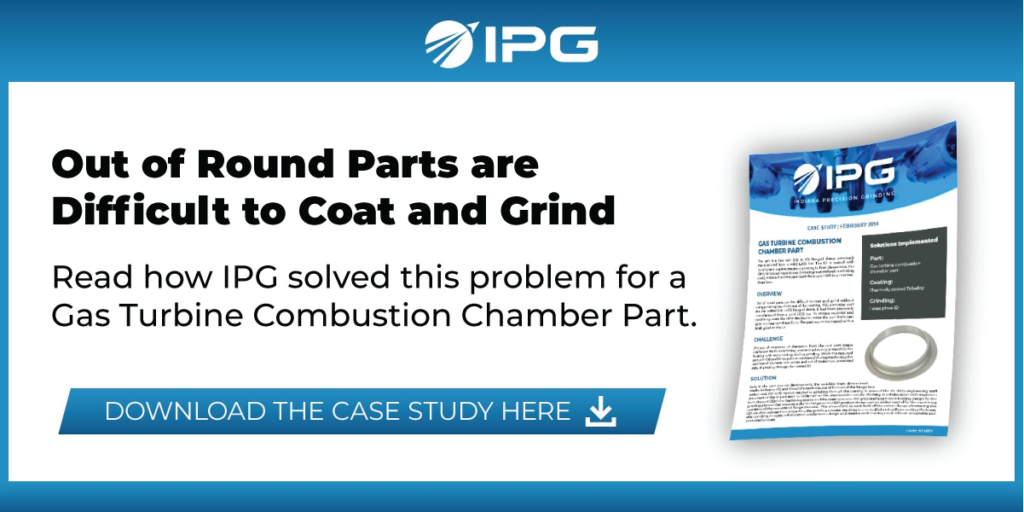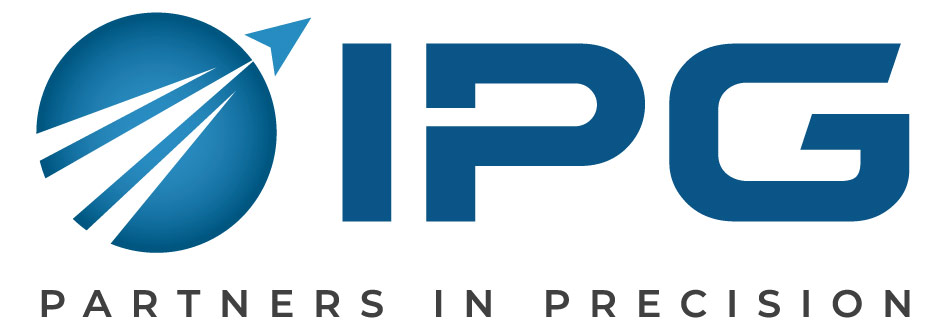As part of Indiana Precision Grinding’s proprietary thermal spray grinding process, we’ve integrated four major steps to ensure every part that leaves our shop is of the highest quality possible. The first step we take is process engineering. This blog takes a look at what process engineering is and how it’s used in aerospace manufacturing.
Ten Centerless Grinding Facts that may Surprise You
What is Process Engineering?
As a field, process engineering is complex and continuously changing, which makes it difficult to pin down a single definition; but the key word is processes. Specifically, the process through which the raw material (in our case, the metal workpiece) is made into the end product (an accurately finished aerospace part). As we’ll cover shortly, a process engineer is responsible for designing the optimal process: allowing for the part to be made with minimal waste—which maximizes profit.
The process needed to achieve these results varies from sector to sector. In fact, process engineering techniques have been applied to chemical engineering, agricultural engineering, product engineering, metallurgical engineering, and, as we use it, aerospace engineering.
What Does a Process Engineer Do?
Process engineering is a very complex specialization within an already demanding sector. Process engineers must be able to create and develop product specifications, develop equipment requirements, implement manufacturing strategies, and monitor the processes they develop. In junction, this maximizes productivity.
While there are similarities between mechanical engineering and process engineering, the differences can be summarized by their specialties. Process engineers are usually trained in chemical engineering and specialize in design and optimization of industrial processes. Mechanical engineers are trained in supply chain management and operations.
How IPG Uses Process Engineering
When IPG takes on a thermal spray grinding job, the first step we use in our four-step process is process engineering. Our team works with customers and OEMs to address any risks and concerns when grinding the coated dimensions. We then conduct a risk assessment, determine tool holding requirements, complete inspection, and evaluate how the workpiece must be prepared prior to coating. From there, we are able to move on to the execution process, where IPG’s team begins using our precision grinding methods to deliver the optimal results you need. If you want to see IPG in action and see firsthand how we deliver the best-in-class results, contact our team today!


